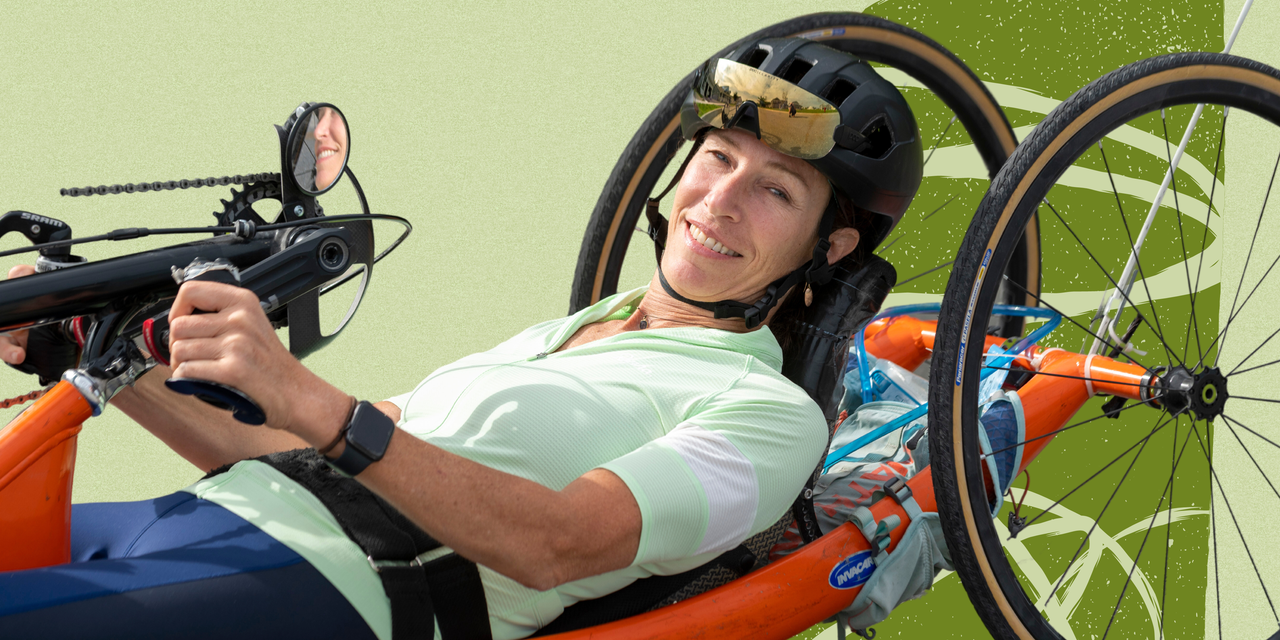I Was Hit by a Car and Paralyzed—But Now I’m Ready to Take On the NYC Marathon

Eight months after becoming paraplegic, I did my first half marathon on my handcycle. That race was so much more than just seeing if I could cover 13.1 miles again; I needed it to give me hope. But this year’s New York City Marathon is all about testing my physical limits—and I feel like I’m ready to go for it. I recently moved to Burlington, Vermont, where I can roll out of my driveway and safely ride from home, which has been huge for the quality and consistency of my training. I can regularly get on my handcycle five or six days a week, generally covering about 80 to 100 miles.
I’m hoping to have a really good day in New York City, but I’m not sure exactly what that looks like. I don’t know who else is going to be racing or how the hills will affect my time. While I don’t think I can beat the course record, I’m excited to see how close I can come. I’ve gotten much faster and stronger, so I’m fired up to get out there and see what I can do.
That said, I’ve always enjoyed training more than racing. I’ve had so much fun getting out into the country, exploring beautiful areas, and just being outside. No matter where I finish, there’s so much value in simply showing up, if only to let other people with SCI know that this is possible.
The hospital doesn’t give you an instruction booklet on how to navigate your new life. And while there’s a lot that you just figure out along the way, here’s the advice I’d offer anyone living with SCI, or another major health challenge.
1. Know what you’re entitled to and fight for it.
After intensive care, my health insurance sent me to an acute rehab center that wasn’t specifically accredited for SCI and didn’t have a board-certified SCI doctor. My family and I didn’t even know we could ask for these things or that we had the right to appeal my insurance’s decision. I missed the chance to get the specialized help I needed during a critical window.
No matter what you’re dealing with, there are so many resources to help you figure out what you’re entitled to and how to make sure you get it. Find people who have been through it, whether that means crowdsourcing on Facebook, searching Reddit, or connecting with non-profits that help people with your diagnosis, and ask for support.
2. Recognize that the “invisible” aspects of an injury can be the most challenging.
Using a wheelchair isn’t a huge deal compared to the other issues I experience as a result of my injury. Because my nervous system no longer works the way it was designed to, I have a lot of constipation, bloating, and stomach aches. I also experience nerve pain in the parts of my body I normally can’t feel—my feet, calves, butt, and stomach area. (And yes, it feels ridiculously unfair that the only sensation I have in those areas is pain.) Sometimes I have no choice but to lie down until it passes, and that’s something that doesn’t come naturally to me.





